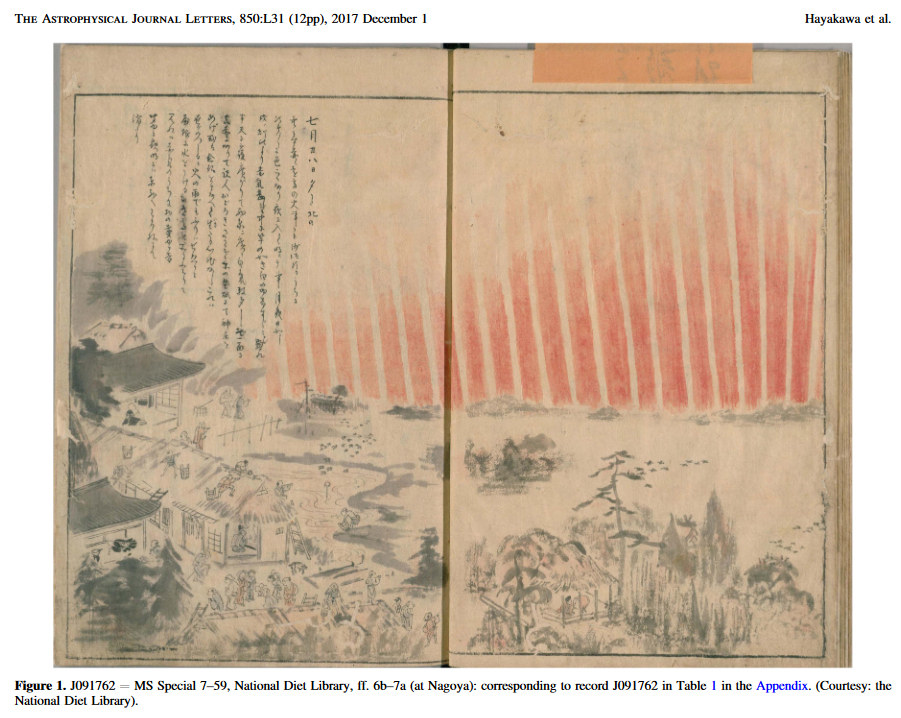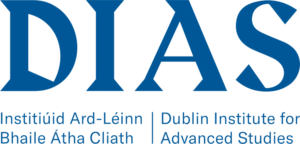
Power Systems
When we have a solar storm there can be electrical currents created here on Earth. This excess can cause widespread voltage control problems and our power grids can be overwhelmed and damaged which can lead to complete power outages.
With adequate notice these effects can be prevented by having shorter, safer power outages which stops an excess of electricity overwhelming the system or by getting rid of extra electrical currents through spare channels.

Satellites
When the Sun is active it adds extra energy to the atmosphere; this causes the air to rise and is replaced by more dense air that was previously lower down. As a result, the satellite now flies through and experiences a stronger drag force, similar to when we try to walk against a particularly strong wind. However in the case of satellites this causes them to slow down and drift closer to Earth..
Satellites can also be damaged, giving bad readings or being made completely useless. To prevent this path correction can be used to avoid collision and damage. Satellites can also be safeguarded by shutting down sensitive electronics or re-orientating the satellite to be better protected.

GPS/ Radio Communication
As the energetic material hits the ionosphere it heats up, and warm air rises. This changes the height at which radio waves can be bounced off the atmosphere and leads to problems with radio communication. Similarly, the change in the atmosphere changes the way GPS signals bend and this is difficult to model leading to large inaccuracies and loss of signal.

Aircraft/Spacecraft
As currents are created all over the Earth, this can affect lots of electronic equipment including spacecrafts and aircrafts, causes unexpected behaviour with possible loss of navigation and communication.
To prevent this sensitive electronic equipment can be turned off where possible and it can be ensured no planes are being flown during storms in affected areas.

Humans
People on board high flying aircraft and astronauts outside their spacecraft can be exposed to radiation from solar storms.
To reduce this risk there can be flights stopped in the affected area and all astronauts can be within the radiation protected spacecraft.
The Carrington Event
The largest geomagnetic storm in recorded history
Richard Carrington was sketching the sunspots in 1859 when he saw a flash of light (solar flare). It is believed there was also a large CME because the next day Earth experienced a geomagnetic storm. At the time the only form of technology was telegraph systems, where you send electrical current pulses along a wire with Morse code to communicate. During the storm the telegraph systems were out of control and began shocking people or setting the paper on fire.
There were also auroras visible in unusual places including the tropics and Japan (see image on right), compared to them normally occurring close to the poles. These auroras were so bright people were woken from the middle of the night as they believed the sun had risen.
Carrington came to the conclusion that the solar flare he’d seen was almost certainly the cause of this massive geomagnetic storm. This was a connection that had never previously been made, and so the solar storm of 1859 is now known as the Carrington Event in his honour.






